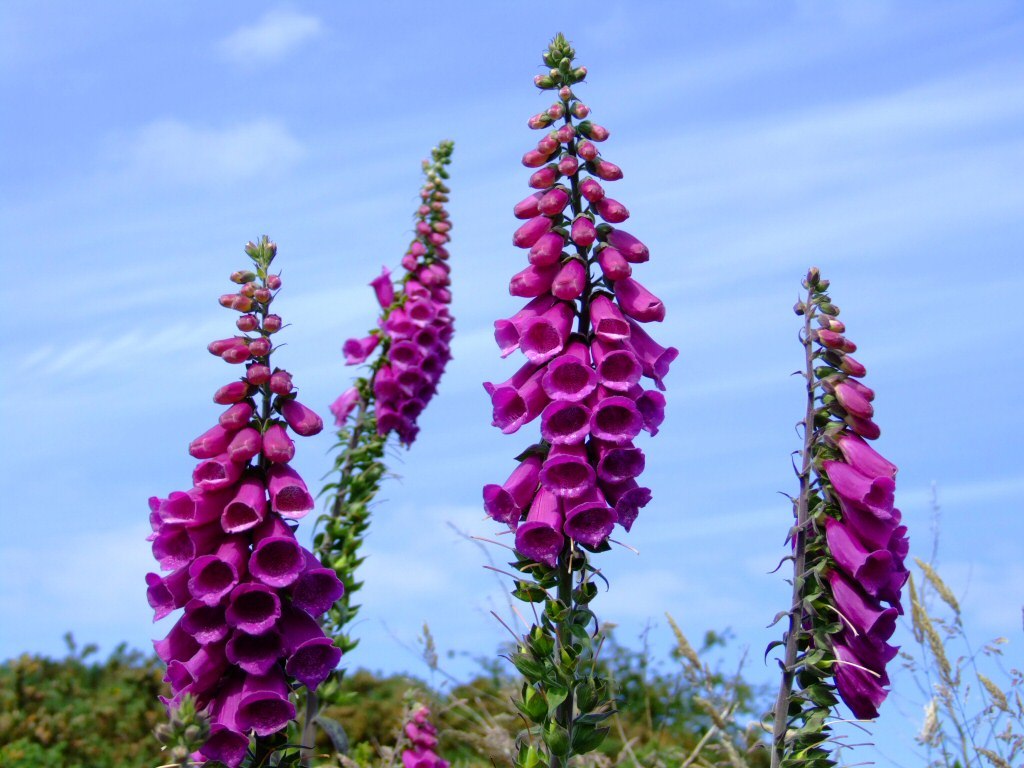QUINIDINE
There is a remarkable similarity in the discovery of the utility of quinidine with that of digitalis in that both were made by laymen. In 1914 one of Wenckebach's1 patients informed him that the quinine which he had prescribed for malaria made his irregular heart action (due to auricular fibrillation) regular. Wenckebach was quick to find that quinine was an effective drug in the treatment of auricular fibrillation. Frey,2 in 1918, established the fact that quinidine. a closely related compound, was more effective for this purpose. This was soon confirmed and extended by many workers, notably by Sir Thomas Lewis.3 However, the early enthusiasm for quinidine soon waned because of a number of unexpected deaths attributed to it. and the pendulum swung back to nearly complete abandonment of the drug. Recently, as experience in its use improved, it has come to play an important role in cardiac,,,
=========
[Discovery of the cardiac effectiveness of cinchona bark and its alkaloids].
Abstract
------------------
However, the use of quinidine to treat arrhythmia really only came into its own because a physician listened to the astute observation of one of his patients. In 1912, Karel Frederik Wenckebach saw a man with atrial fibrillation. He was a Dutch merchant, used to good order in his affairs. He would like to have good order in his heart business, also, and asked, "why there were heart specialists if they could not abolish this very disagreeable phenomenon ... he knew himself how to get rid of his attacks. As I did not believe him, he promised to come back next morning with a regular pulse, and he did."
The man had found by chance that when he took one gram of quinine during an attack, it reliably halted it in 25 minutes; otherwise it would last for two to 14 days. Wenckebach often tried quinine again, but he succeeded in only one other patient.[1]
He made passing mention of it in his book on cardiac arrhythmias published in 1914. Four years later, Walter von Frey of Berlin reported in a leading Viennese medical journal that quinidine was the most effective of the four principal cinchona alkaloids in controlling atrial arrhythmias.[3]
-----
The effects of cinchona bark (the botanical source from which quinidine is extracted) had been commented on long before the understanding of cardiac physiology arose. Jean-Baptiste de Sénac, in his 1749 work on the anatomy, function, and diseases of the heart, had this to say,
Sénac subsequently became physician to Louis XV of France, a counselor of the state, and superintendent of the mineral waters and medicinals in France. As a result of his influence, throughout the 19th century, quinine was used to augment digitalis therapy. It was described as das Opium des Herzens (the opium of the heart).
=================
WILLIAM WITHERING

The man credited with the introduction of digitalis into the practice of medicine was William Withering. Withering was born in Wellington, Shropshire, England in 1741. He followed in the medical footsteps of his father who was an apothecary-surgeon. Withering received his MD degree in 1766.
http://botany.csdl.tamu.edu/FLORA/Wilson/481/medbot/bot2.htm
Digitalis purpurea
